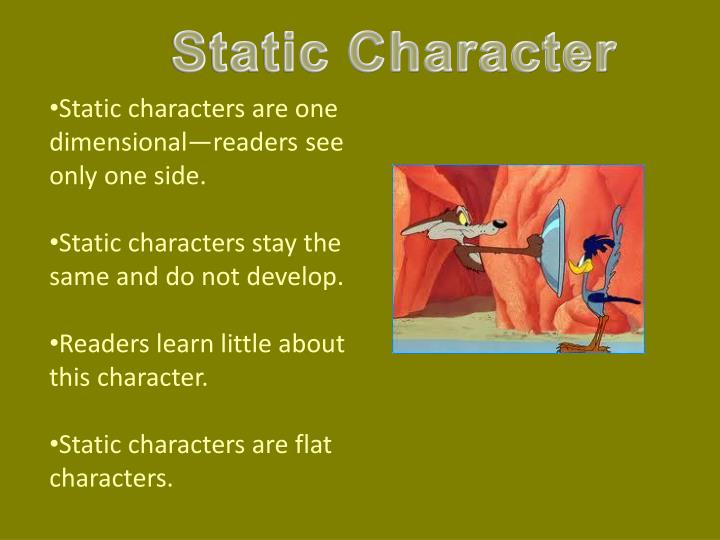


Indirect characterization requires the readers to make inferences about a character based on his or her behavior as well as his or her interactions with other characters. For instance, in the famous short story “The Open Window,” Saki describes one of the main characters, Vera, as “a very self-possessed young lady of fifteen.” With direct characterization, the audience is told about the character in a straight-forward way that requires no guesswork from the audience. Direct Characterizationĭirect characterization occurs when the narrator of a novel or story directly describes a character’s traits or personality. Writers can tell the audience directly about a character’s traits by using direct characterization or show the audience what the character is like by using indirect characterization. Direct and Indirect CharacterizationĬharacter development is a matter of show and tell. Readers should take note of the author’s methods of character development, the characters’ traits and actions, and how the characters change (or don’t change) over the course of the story. Without characters there would be no plot and no conflicts. Types of Character Development in Literature Posted In Literature | Posted By Kristy Robins Character Development in Literature


 0 kommentar(er)
0 kommentar(er)
